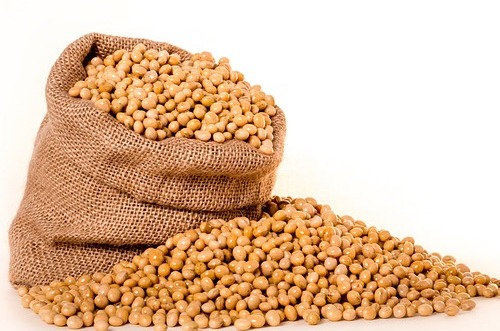W50 Soybean Oil Update: India's Soybean Oil Production to Decline in 2023/24, While Brazil Anticipates Record Output in 2024

Global Vegetable Oil Prices Rebound 3.4% in Nov-23
In Nov-23, global vegetable oil prices rebounded by 3.4% month-on-month (MoM), reversing three consecutive months of declines, as indicated by the Food and Agriculture Organization (FAO) food price index. The rise was due to increased world prices for palm oil and sunflower oil, which outweighed the decline in soybean oil and rapeseed oil prices. While soybean oil prices decreased slightly due to sluggish global import demand, reduced soybean production prospects in Brazil and abundant global supplies contributed to the overall increase in the vegetable oil price index.
India's Soybean Oil Production Estimated at 1.7MMT in 2023/24
In the 2023/24 period, India's soybean oil production is estimated at 1.7 million metric tons (mmt), experiencing a slight decrease from the previous year. Despite consistent yields and a steady supply of oilseeds for "crush-to-oil" over the last two years, minimal soybean oil exports are observed due to higher domestic feed and food demand. Additionally, edible oilseed imports in 2023/24 have decreased from 17 mmt in 2022/23 to 15 mmt, with significant reductions in palm, soybean, and sunflower seed imports due to geopolitical-economic dynamics and increased domestic production goals in India.
Brazil Anticipates Record Soybean Oil Production in 2024
Brazil's soybean oil production in 2024 is forecasted to be 11 mmt, a 200 thousand mt increase compared to 2023. Domestic consumption of soybean oil in 2024 is anticipated to grow 5.7% year-on-year (YoY) or 500 thousand mt to 9.2 mmt, driven by the rise in biodiesel blending, with approximately 70% of biofuel derived from oilseeds. While Brazil's soybean oil exports are expected to reach a historically high level of 2.35 mmt in 2023, the initial projection for 2024 suggests a reduction to 1.6 mmt due to increased domestic demand and biodiesel production. The Brazilian Association of Vegetable Oil Industries (Abiove) asserts that the country has the capacity to meet the growing demand for biodiesel production, mitigating the impact on soybean oil exports.
US Soybean Crushing Hits Record in Nov-23
The United States (US) soybean crushing volume is poised to achieve a record in Nov-23, although it has slowed from the peak reached in Oct-23. Simultaneously, soybean oil inventories in the US are anticipated to increase for the first time in seven months.



